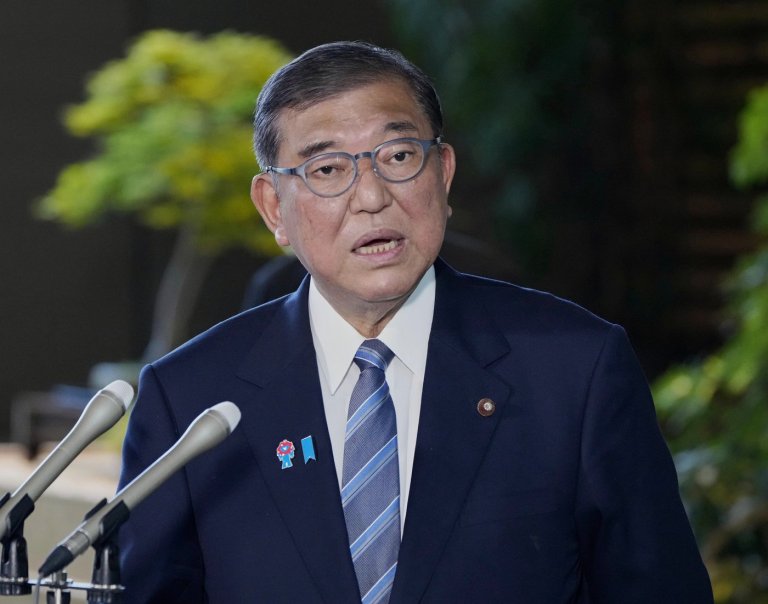Credit-easing steps taken by the world’s central banks, at a glance
The European Central Bank on Thursday announced a surprise cut in its benchmark interest rate to try to accelerate a tepid recovery in the 17 countries that use the euro.
The rate was cut to a record low 0.25 per cent from 0.5 per cent. A lower rate makes it cheaper for banks to borrow from the ECB. The goal is for banks to charge less for companies to borrow to expand and hire.
The eurozone’s inflation rate — at 0.7 per cent, far below the ECB’s goal of just under 2 per cent — has given the central bank leeway to pursue monetary stimulus with little fear of igniting inflation.
Here are some steps major central banks around the world have taken to try to bolster their banking systems and economies:
— EUROPEAN CENTRAL BANK
Interest rates: Has cut its benchmark interest rate a quarter point to 0.25 per cent, a record low.
Other steps: Has stressed that rates will stay low “for an extended period.” Offered to buy unlimited bonds of heavily indebted European governments to lower borrowing costs. Made unlimited amounts of cheap three-year loans available to banks. Extended credit to banks at short-term loan offerings. President Mario Draghi has said that “within our mandate, the ECB is ready to do whatever it takes to preserve the euro.”
— FEDERAL RESERVE
Interest rates: Plans to hold its key short-term rate at a record low near zero at least as long as the U.S. unemployment rate stays above 6.5 per cent and the inflation outlook remains mild. Unemployment is now 7.2 per cent.
Other steps: Buying $85 billion a month in bonds indefinitely to try to keep long-term rates low to encourage borrowing and spending. The bond purchases have helped swell the Fed’s balance sheet to nearly $4 trillion in assets.
— BANK OF ENGLAND
Interest rates: Has kept its benchmark rate at a record low of 0.5 per cent since 2009.
Other steps: Has pumped 375 billion pounds ($600 billion) into the British economy since January 2009. The bank’s governor, Mark Carney, has introduced guidance on where interest rates will likely be in coming months. Carney has indicated that rates will remain low until unemployment, now 7.7 per cent, drops to 7 per cent.
— BANK OF JAPAN
Interest rates: Has kept its benchmark interest rate at zero to 0.1 per cent.
Other steps: Governor Haruhiko Kuroda has said he plans to do whatever he can to end deflation and invigorate the Japanese economy. Deflation, a prolonged drop in wages, prices and the value of assets like stocks and homes, has held back Japan’s economy for roughly two decades.
— RESERVE BANK OF AUSTRALIA
Interest rates: Has cut its benchmark interest rate to a record low 2.5 per cent because of slower growth and weakening commodity prices. The 2.5 per cent policy rate is the lowest since the central bank was established in 1960.
Join the Conversation!
Want to share your thoughts, add context, or connect with others in your community? Create a free account to comment on stories, ask questions, and join meaningful discussions on our new site.













Leave a Reply
You must be logged in to post a comment.